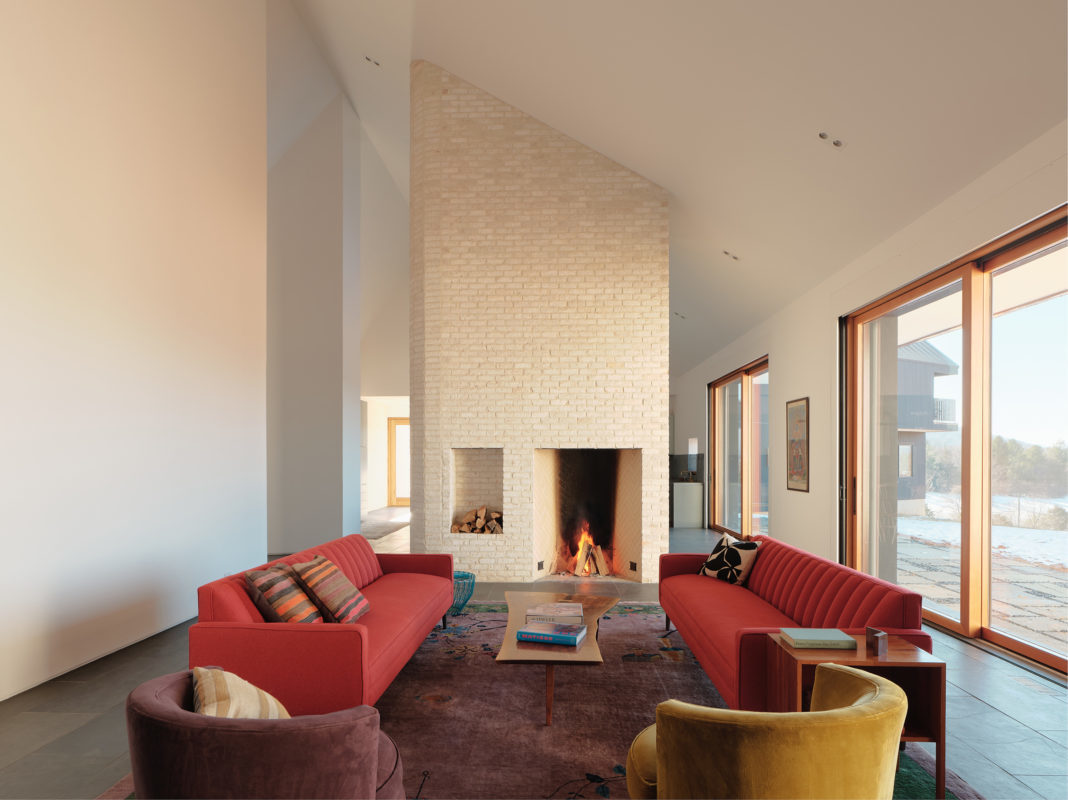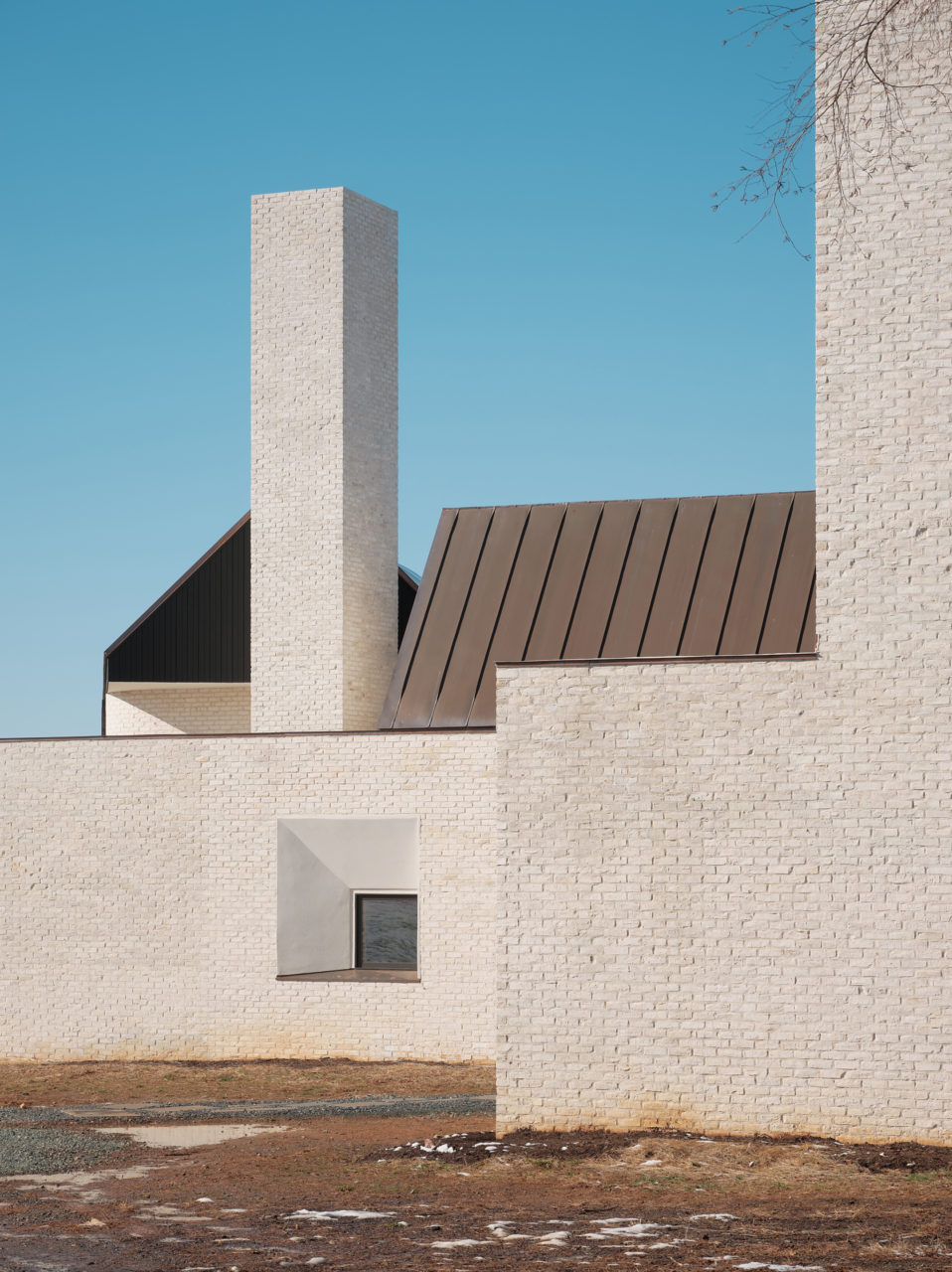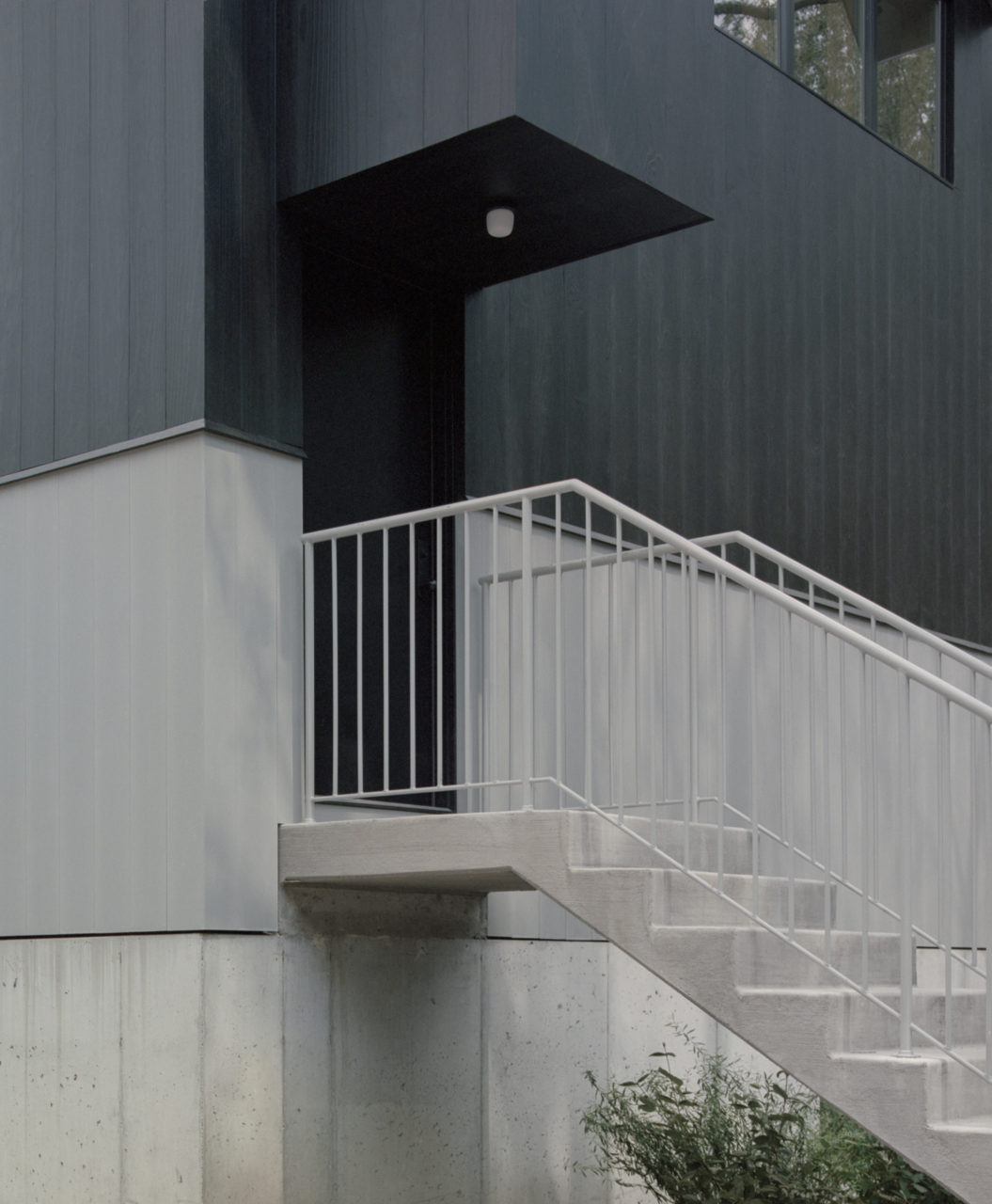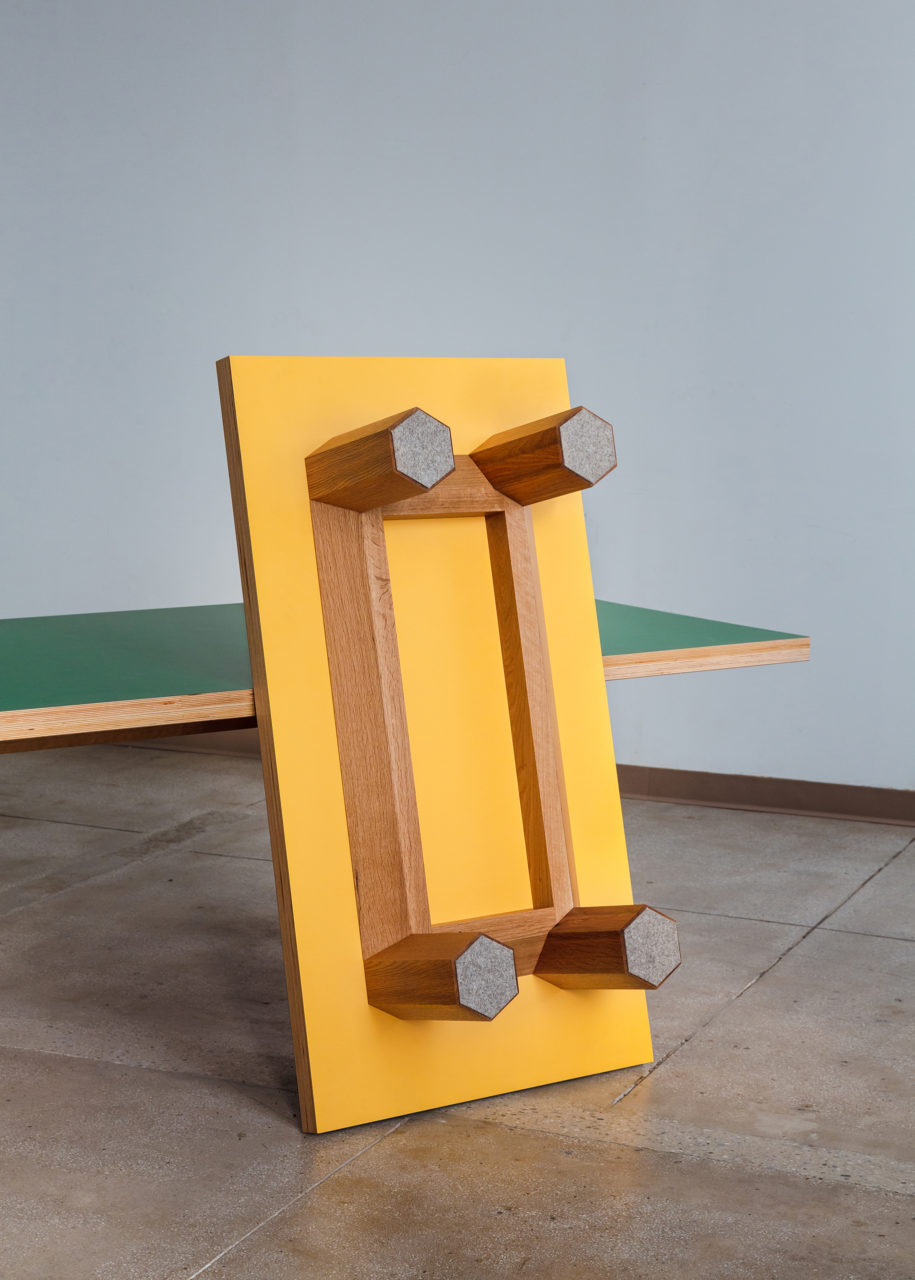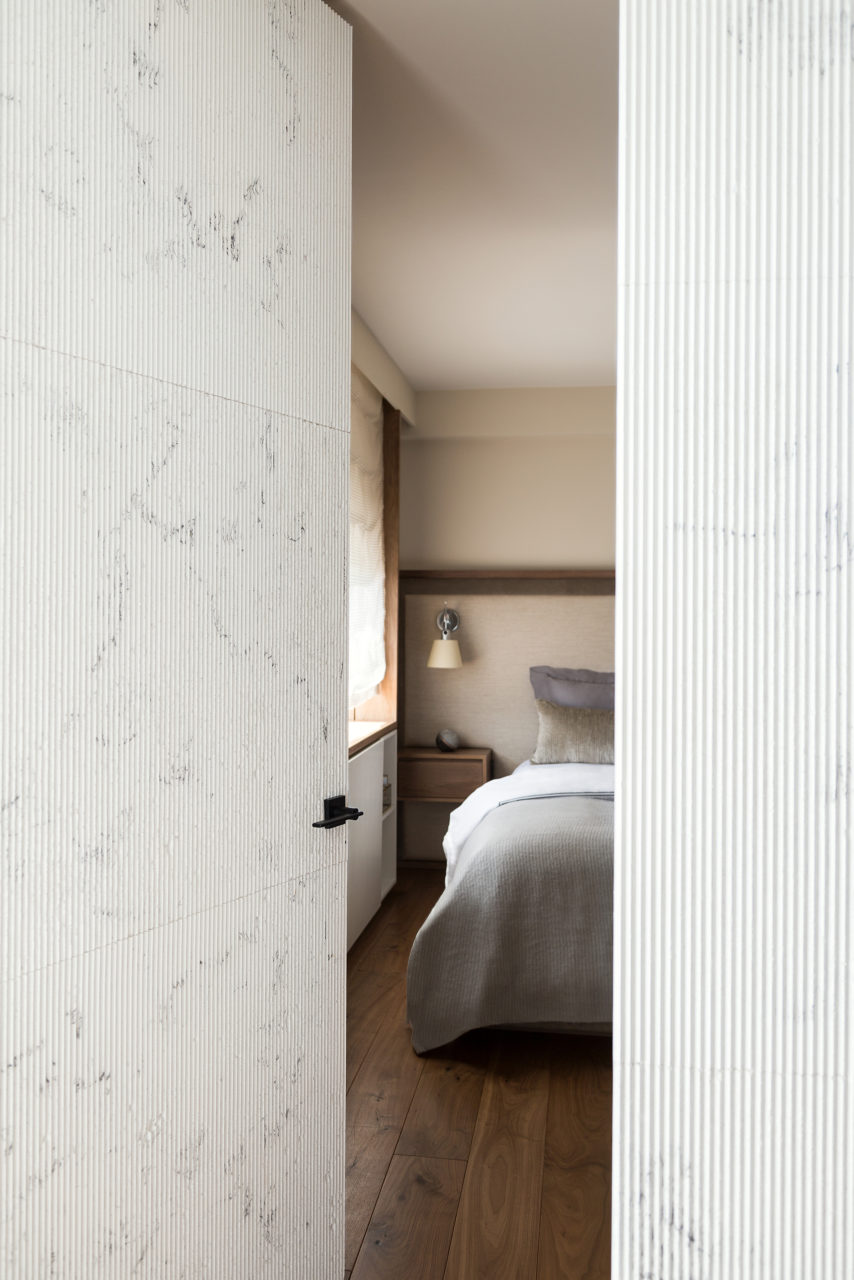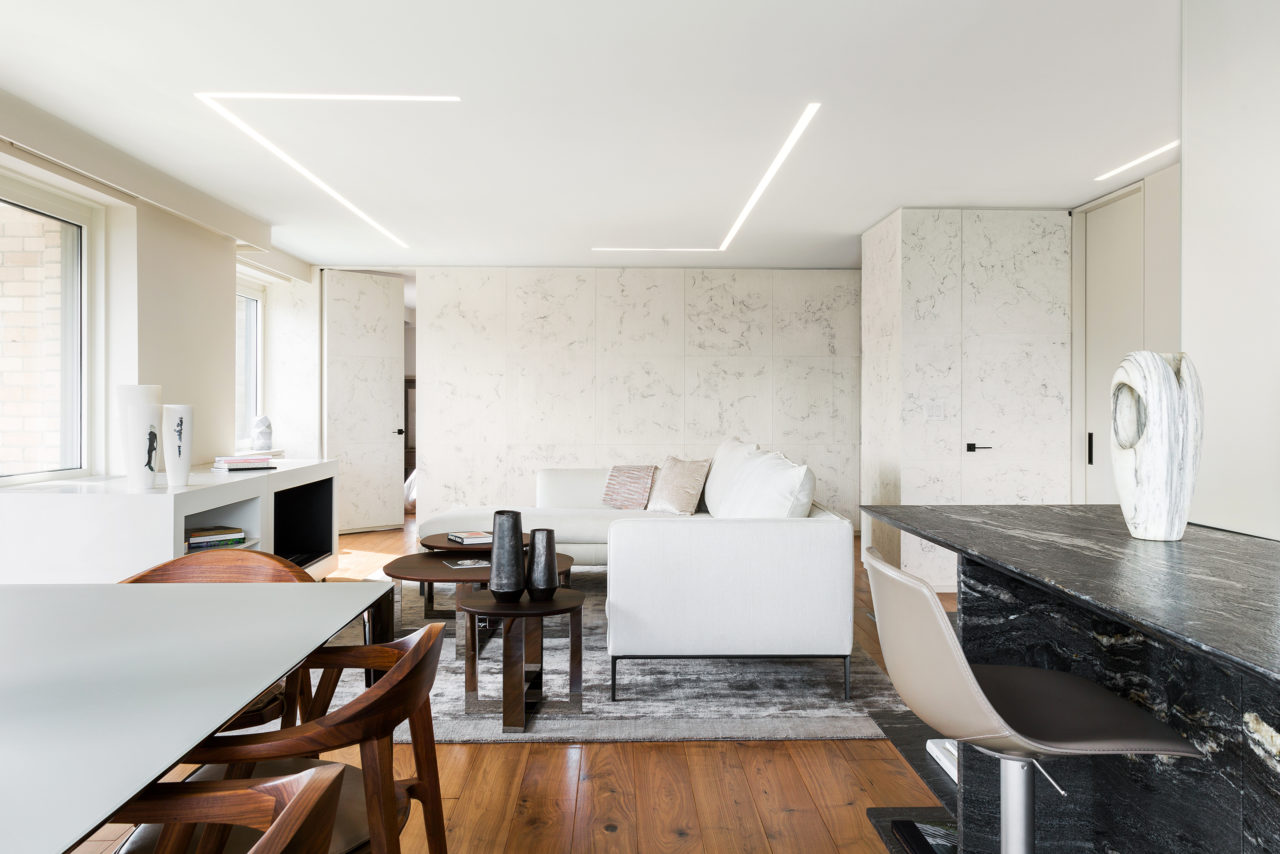Architects and designers today are met with seemingly endless options when it comes to selecting materials. While news tends to favor those pushing the envelope of material science, we have also been tracking a trend among top designers who are turning to old, even ancient materials and melding them with contemporary practice. Biophilic design has entered the mainstream, and natural surfaces (or those mimicking them) are all the rage. On social media, we find plenty of evidence for the resurgence in popularity of 20th-century products like Formica, which was innovative in its day but neglected for decades since. We checked in with leading interior architects across the country to discuss the materials they have been using to infuse classic sophistication into their latest projects.
Brick from Old Texas Brick
Thomas Ryan
Founder, T.W. Ryan Architecture
“With the Three Chimney House, we searched for materials that were an integral part of the local building tradition but could also speak a more contemporary visual language. Brick seemed a natural choice with these criteria in mind. After much searching, we found Old Texas Brick located in Pharr, Texas. Their ‘vintage white’ bricks are hand-coated with a lime wash prior to firing in the kiln, resulting in a rich and tactile surface. Laid in a running bond with flush mortar joints smeared across the face, we emphasized the mass of the elemental forms over the individual brick units.”
Accoya wood from Delta Millworks
Alison Von Glinow and Lap Chi Kwong
Founders, Kwong Von Glinow
“The exterior cladding material is the first experience that people encounter with a building. The material needs to look good, be durable, and perform in all seasons and weather conditions. We love to use sustainably harvested wood like Accoya on our projects because it balances two very different and distinct qualities—wood cladding can look monolithic, but each plank is unique and has its own grain to it. We recently exposed this effect on our Ardmore House in Chicago, stacking gray and black Accoya wood siding above a concrete exposed foundation wall.”
High-pressure laminate (à la Formica)
Tal Schori and Rustam-Marc Mehta
Founders, GRT Architects
“We are always looking for ways to bring color to our work using materials in lieu of paint. For our recently launched table collection—Poole Tables—we reached for a favorite in high-pressure laminate. HPL is a hardworking mainstay often known by [the] trade name Formica and available in hundreds of colors, textures, and patterns. If you page through mid-century copies of Domus (as we often do), you’ll see the likes of Gio Ponti and Osvaldo Borsani using humble materials like Formica creatively alongside their opposites. In that spirit, we laminated each side of our plywood tabletops with a different hue and sheen and set that off with hexagonal legs in solid oak.”
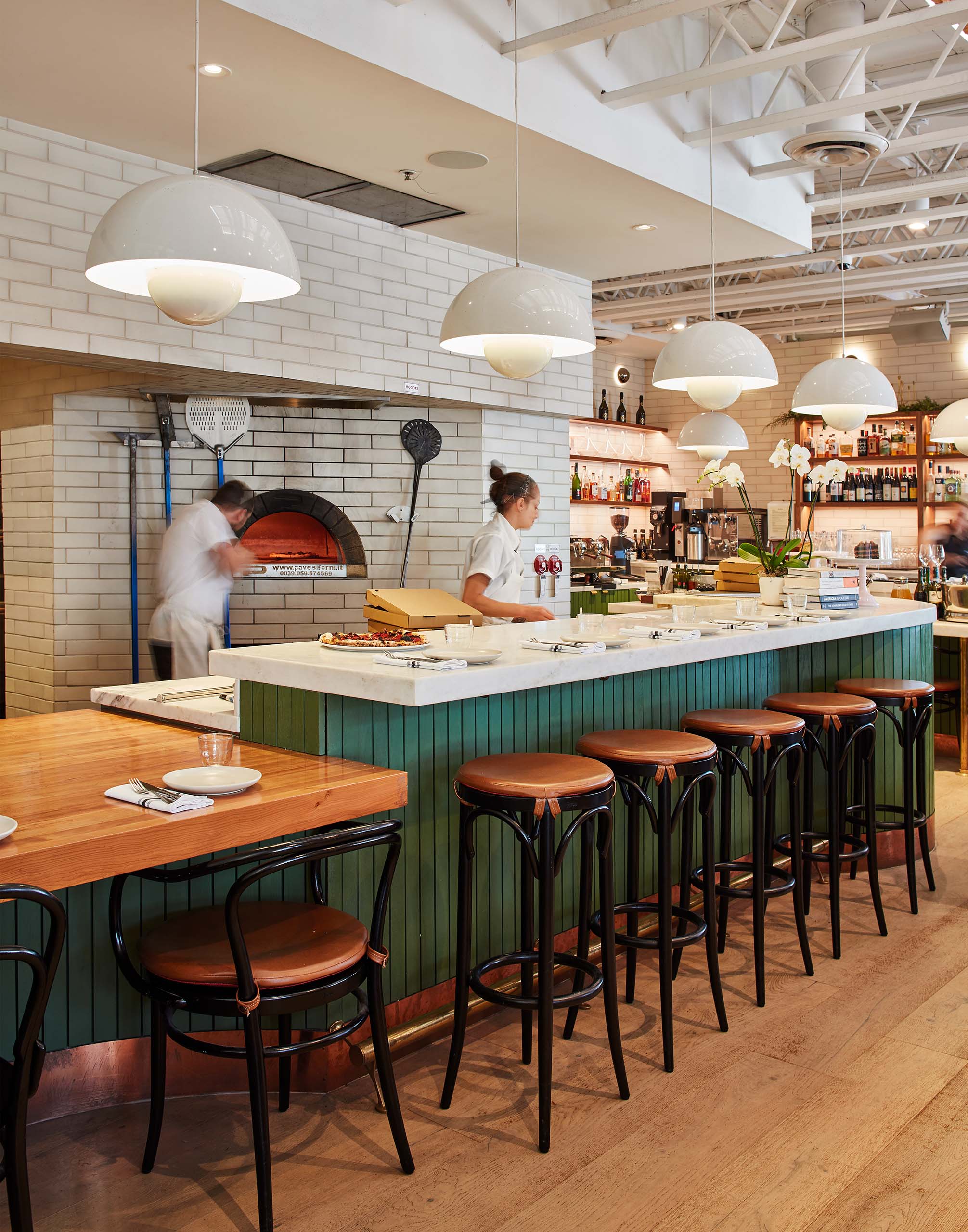
Carrara marble
Barbara Bestor
Founder, Bestor Architecture
“Lately we have found ourselves returning to classic, natural materials—particularly wood (either natural or painted) and marble—because of their elemental nature and tried and tested adaptable use. We often use marble in our residential projects, but at Bettina, a restaurant on California’s coast, honed Carrara marble with a thickened edge had a dual use for both the chef and the customer. It is highly durable, natural, and almost disappears into the room.”
Paper Factor
Suchi Reddy
Founder, Reddymade
“The brainchild of Italian architect Riccardo Cavaciocchi, Paper Factor was inspired by the work of his mother, who is an expert at restoring ancient paper sculptures. Modernizing her techniques and adding inventive substrates to the mix, Riccardo created a sustainable, durable, and versatile surfacing material. We were the first to use it in the U.S., and it has since remained a go-to in our library. Its infinite versatility in color, texture, proportion, and detail allows us to create a new and innovative project every time.”
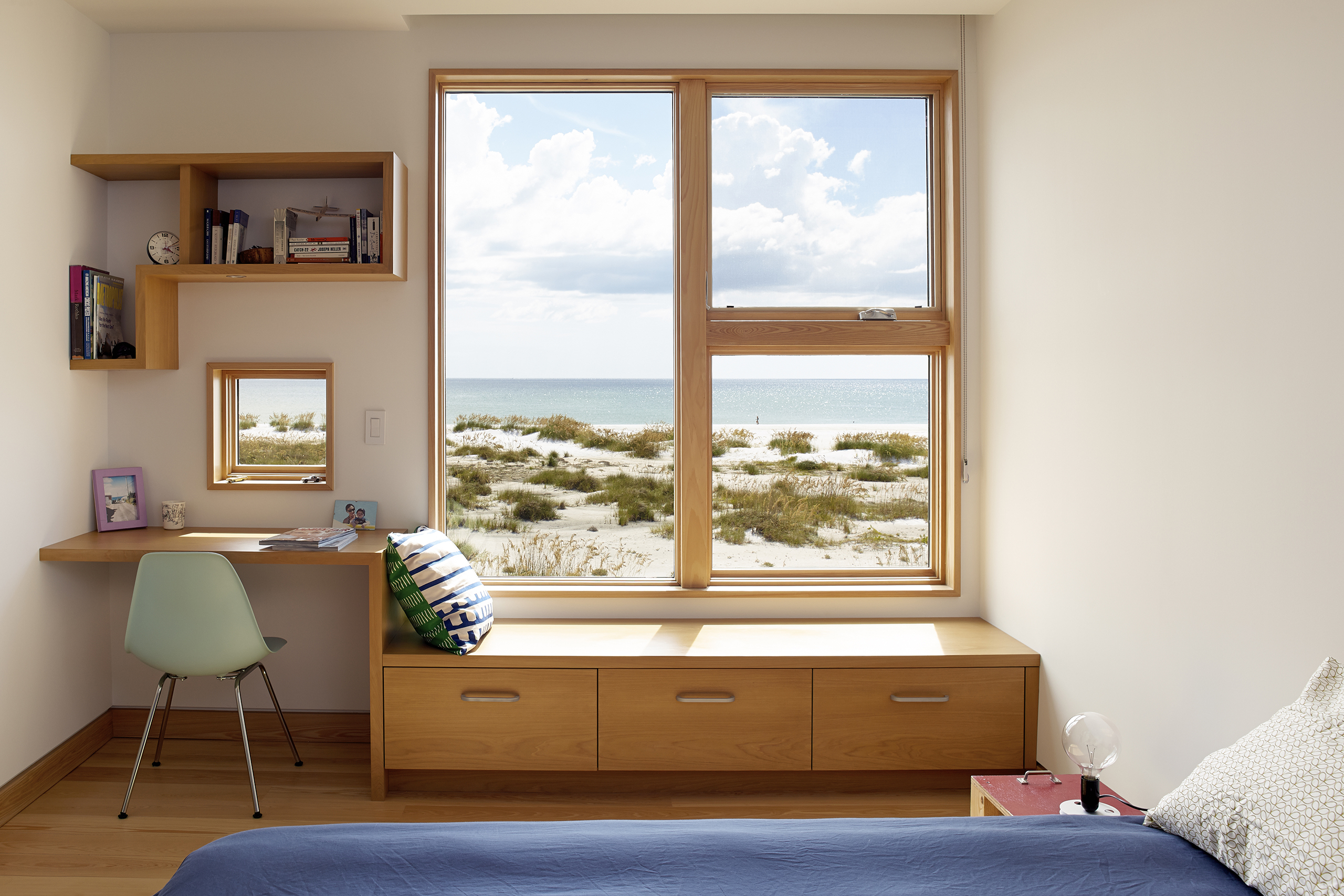
Cypress
Jody Beck
Founder, Traction Architecture
“We love incorporating cypress into our projects. Cypress trees are native to Florida, where much of our work is located, and cypress was a chief building material in the region’s earliest structures. We have used cypress in a variety of applications—flooring, ceiling, trim, cabinets, and built-ins. It lends a warmth to interior spaces and is one of the few wood species that is resilient enough to extend outside. Cypress contains a natural oil called cypressene, which deters insects and resists mold and mildew, making it an ideal wood for our hot, humid climate.”
